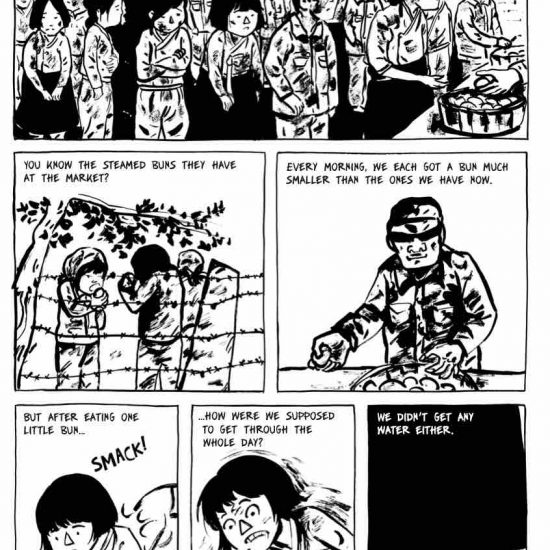
Gendry-Kim draws her images in black and white the lack of color lends urgency and gravity to the story. This format works especially well because through drawings the author can convey Lee’s emotions and the stark scenery of the northeastern Chinese wasteland where she was sent after some Korean men abducted her at the age of fifteen. Grass is hardly the first book to recount these harrowing stories graphic novels (a genre which includes non-fiction) on the subject are still rare, at least in English. For the purpose of this book, despite its very clear failings, we’ve opted to use the literal translation, given its common usage with Korea, to refer to this specific form of forced sexual slavery. Early in her book, Gendry-Kim discusses the term “comfort woman”, a now-household term that describes the girls and women forced into sex slavery during World War II:Ī direct translation of the Japanese euphemism for “prostitute,” ianfu, the term continues to be controversial, especially among survivors and the countries from which they were taken, since it reflects only the perspective of the Japanese military and distorts the victims’ experiences. The subject matter is distressing, as it centers around sex slavery during the War, which often traumatized girls as young as eleven or twelve. The result is Grass, a graphic novel now out in an English translation by Janet Hong. But after several interviews, Gendry-Kim realized Lee’s personal story warranted a book of its own.

Gendry-Kim hoped to learn about social class and gender disparity during World War II and write a book about this subject.

Some years back, graphic novelist Keum Suk Gendry-Kim interviewed an elderly Korean woman named Lee Ok-sun.


 0 kommentar(er)
0 kommentar(er)
